Register for free and continue reading
Join our growing army of changemakers and get unlimited access to our premium content

Will the car-to-charger ratio get worse before it gets better?
The UK’s EV revolution has doubtless been underway for several years now, but recent events have seen the pace and scale increasing. In March 2021, the Government officially confirmed the move from 2035 to 2030 for the ban on new petrol and diesel car sales, sending a strong signal to the market.
Fast-forward to summer 2022 and, while overall vehicle registration figures have plummeted amid the pandemic and cost-of-living crisis, the EV market has remained strong. The Society of Motor Manufacturers and Traders (SMMT) recorded that more than one-tenth of the vehicles sold in July were battery electric.
This trend is set to continue. The Motor Ombudsman conducted a survey this quarter, finding that half (48%) of UK car owners are concerned about whether they can continue paying high prices for petrol and diesel after the cost of filling an average car with a 55-litre tank surpassed £100 in June. Motorists with the ability to do so are, therefore, more likely to consider switching to electric.
Yet, as has been the case for some time, concerns persist about whether the Government is sufficiently planning, investing and collaborating with key stakeholders to scale EV charging infrastructure – despite the measures outlined in the recent EV Infrastructure Strategy.
These concerns are being highlighted once more this week, through two new studies from insurance comparison site GoCompare and energy firm Drax.
GoCompare’s EV Predictions, published today (31 August), take stock of how many EVs and public chargers there currently are in the UK and how they are located. It then forecasts EV uptake and charging network expansion for the next decade.
Drax’s research, meanwhile, assesses whether businesses in the UK’s hospitality and leisure centre are currently providing sufficient EV charging facilities for their customers.
Here, edie pulls out nine of the key facts and stats from these pieces of research, providing a snapshot of the state of the UK’s public EV charging infrastructure.
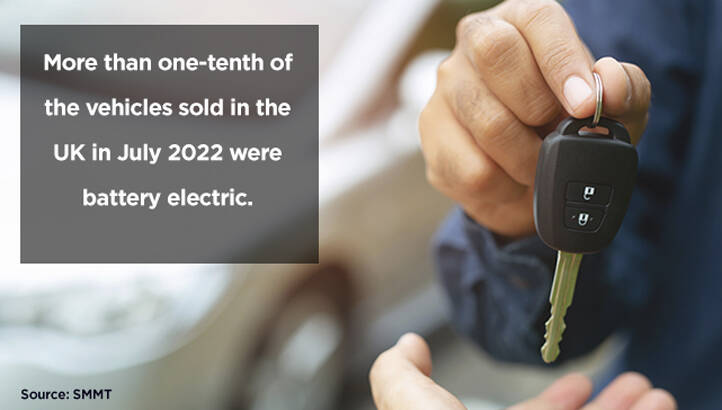
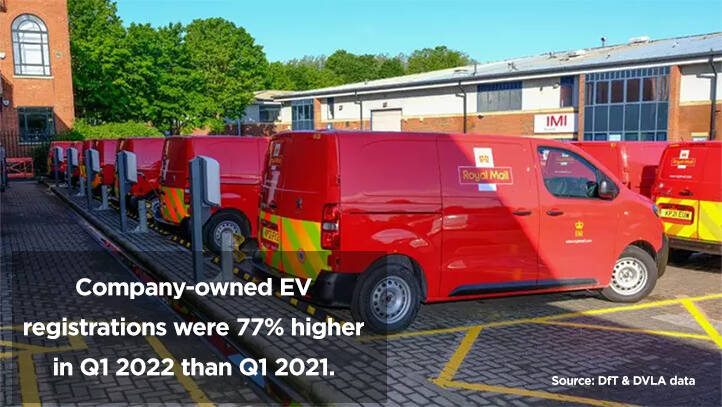

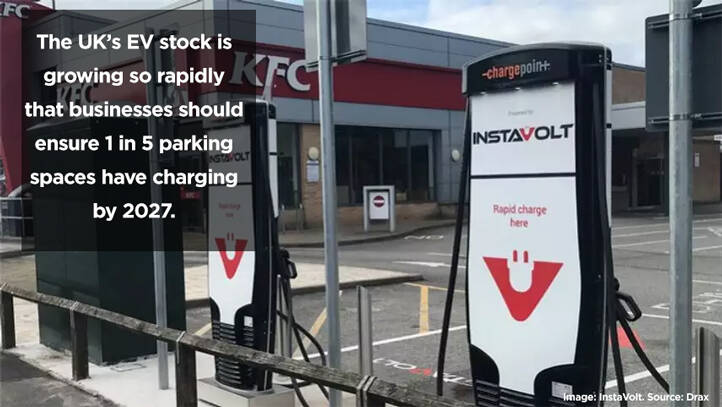
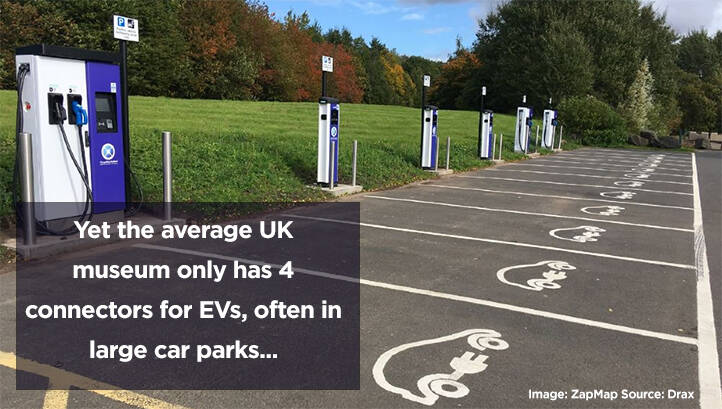

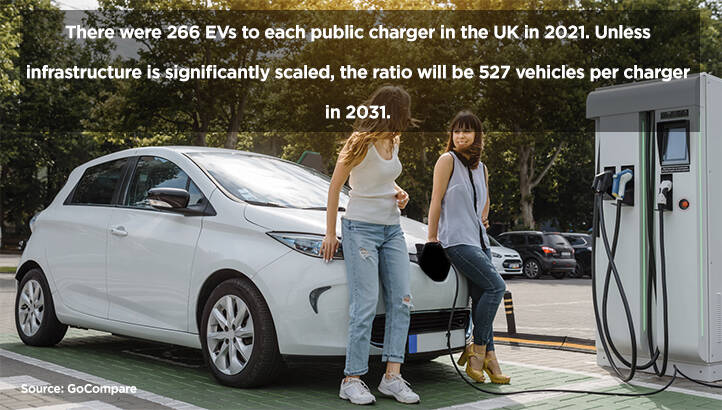
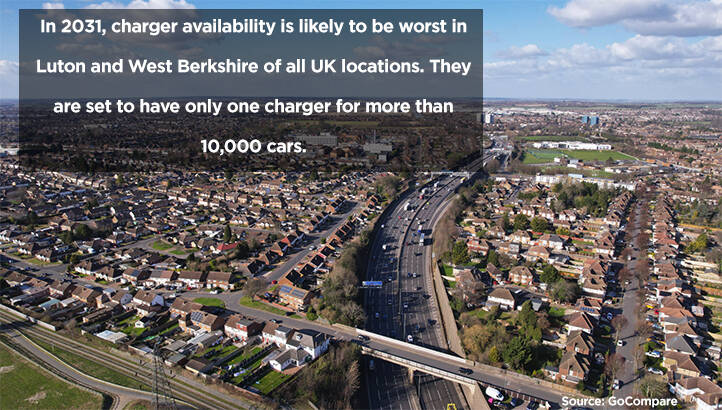



Please login or Register to leave a comment.